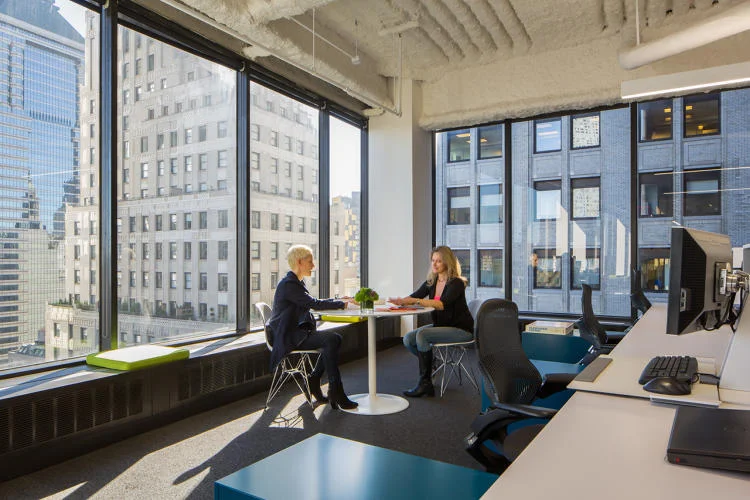Educational institutions and professional organizations are placing more and more emphasis on the role collaboration plays in creating new ideas. They are looking for ways to nurture critical thinking and curiosity by providing environments for authentic, cross-disciplinary connections. This shift couldn’t come at a more prescient time. These types of interactions can lead to increased innovation and engagement – something our global society values more than ever. While heads-down work continues, the changing nature of learning and work has resulted in a shift toward frequent and spontaneous exchanges. Enter the innovation center: a multi-faceted, exploratory setting that supports these goals by allowing people to discover and ideate organically.
From makerspaces to academic incubators to innovation districts, these environments are specifically designed for invention and create the perfect zones for self-directed, project-driven, and multidisciplinary exploration.

























